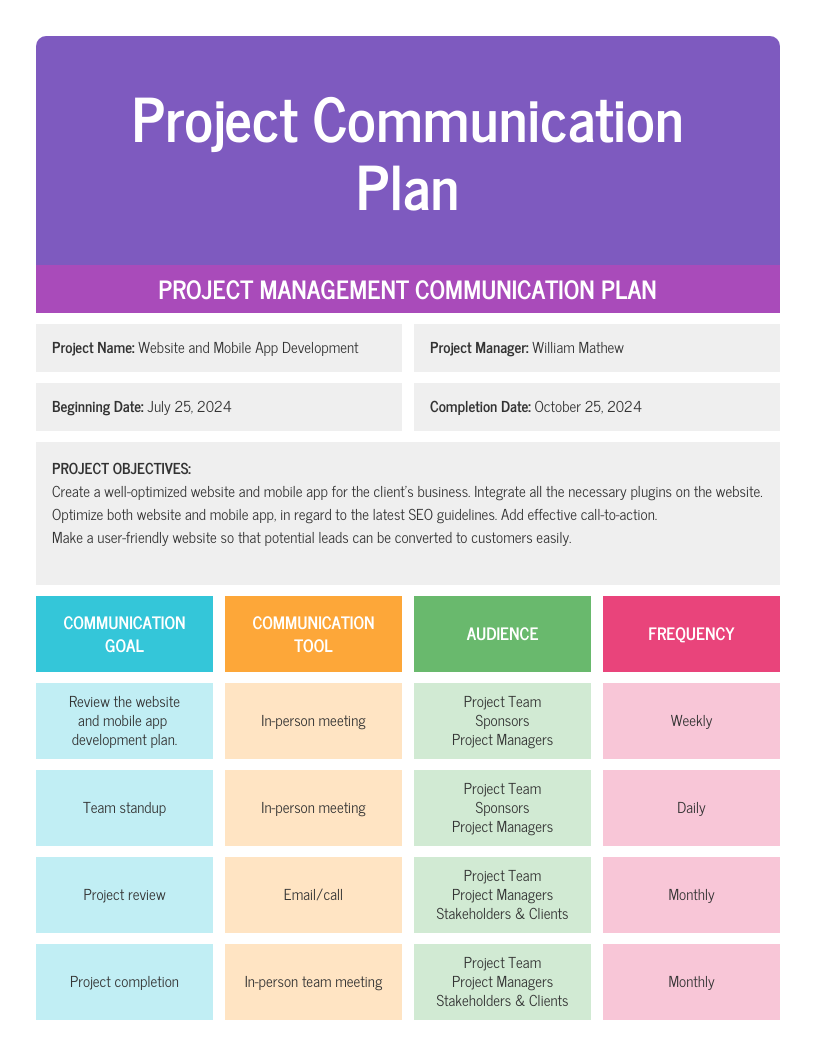Creating a program management plan (PMP) is a critical step in ensuring the success of any program. A well-crafted PMP outlines the program’s objectives, scope, schedule, budget, and risk management strategies. It serves as a roadmap for the program team and stakeholders, providing guidance and direction throughout the program’s lifecycle.
There are many different PMP templates available, each with its own strengths and weaknesses. The best template for your program will depend on a number of factors, including the size and complexity of the program, the industry you’re in, and your personal preferences.

Elements of a Program Management Plan
A typical PMP includes the following elements:
- Executive Summary: A brief overview of the program, its objectives, and its key stakeholders.
- Program Description: A detailed description of the program, including its scope, deliverables, and milestones.
- Program Schedule: A detailed schedule for the program, including start and end dates, major milestones, and dependencies.
- Program Budget: A detailed budget for the program, including all costs associated with the program’s execution.
- Risk Management Plan: A plan for identifying, assessing, and mitigating risks that could impact the program’s success.
- Quality Management Plan: A plan for ensuring that the program’s deliverables meet the required quality standards.
- Communication Plan: A plan for communicating with stakeholders about the program’s progress and status.
Using a Program Management Plan Template
Using a PMP template can help you to create a high-quality PMP quickly and easily. However, it’s important to remember that a template is just a starting point. You’ll need to customize the template to fit the specific needs of your program. Here are a few tips for using a PMP template:
- Choose the right template: There are many different PMP templates available, so it’s important to choose one that is appropriate for your program. Consider the size and complexity of your program, as well as your personal preferences.
- Customize the template: Once you’ve chosen a template, you’ll need to customize it to fit the specific needs of your program. This may involve adding or removing sections, changing the format, or updating the content.
- Get feedback: Once you’ve created a draft of your PMP, get feedback from your team and other stakeholders. This will help you to identify any areas that need improvement.
A well-crafted PMP is essential for the success of any program. By using a PMP template, you can create a high-quality PMP quickly and easily.
There are many different places where you can find a program management plan template example. A quick online search will yield a number of results. Once you’ve found a few templates, take some time to compare them and choose the one that is best suited to your needs.
